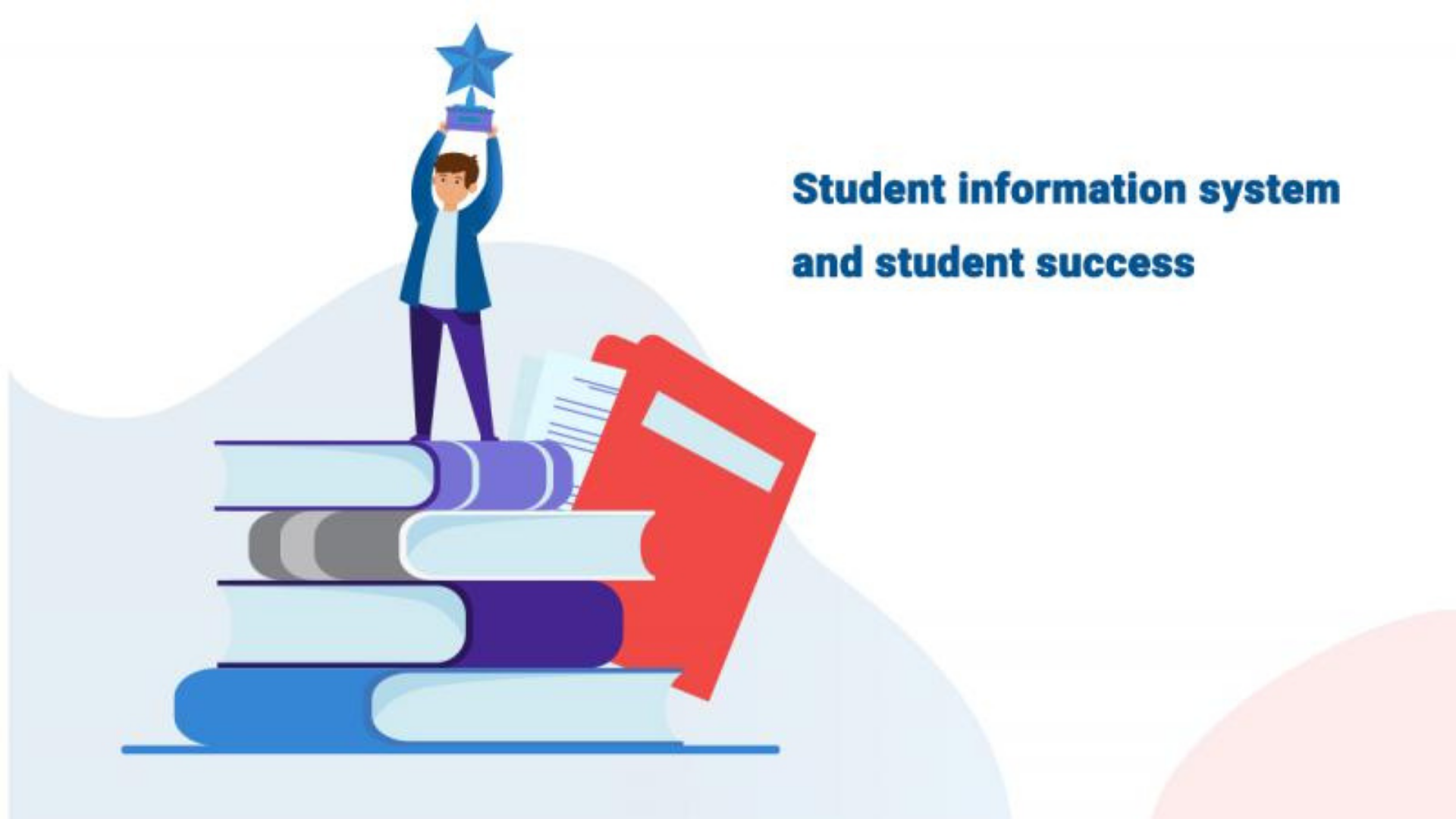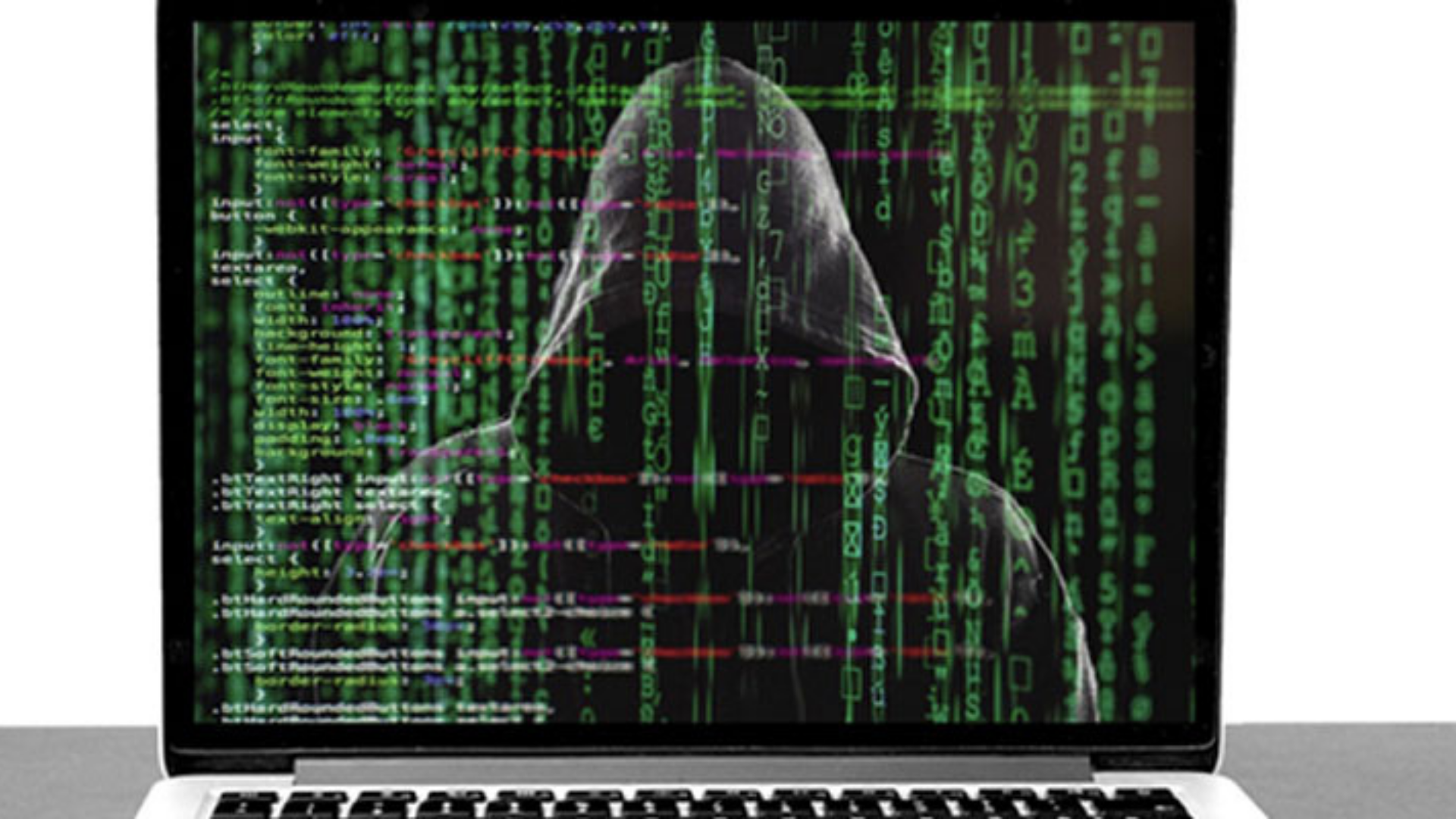When colleges and universities were forced to close their doors midway through the spring of 2020 due to the COVID-19 virus, no one anticipated it would have such a dramatic effect on enrollment for the next two years.
In the fall of 2020, the first full semester in the pandemic, undergraduate enrollment dropped by 3.4%. That initial decline was expected as many students opted to stay home amidst fears of the virus. However, with multiple vaccines available and infection cases dropping, most experts predicted that enrollment rates would rebound.
That did not happen.
Enrollment dropped another 3.2% in the fall of 2021. This continued decline marks the biggest two-year decrease in the last 50 years.
While many believe that the pandemic is the primary reason for smaller undergraduate classes, the truth is that COVID only boosted what was already happening. There has been a steady decrease in new students enrolling in colleges and universities across the country. Between 2011 and 2019, student enrollment dropped 11%.
This decline has affected every type of higher-level institution – from community colleges and public state schools to for-profits and private liberal arts schools – forcing some smaller schools to permanently close. However, the schools most affected are two-year community colleges which saw a 14.1% decline in enrollment during the past two years.
Why Are Fewer Students Attending College?
Before the pandemic, the biggest reason for declining enrollment was that the U.S. was experiencing a strong economy. Historically, when there is a recession and unemployment is up, people use that opportunity to get a higher education. When the economy is strong, more people leave college early or postpone it to start working.
However, with the sudden recession brought on by the pandemic, many families found themselves unable to pay for their children to attend college. This resulted in the numbers continuing to decline despite historical trends.
Also, colleges must account for the rise of non-traditional options like online colleges, massive open online courses (MOOCs) and technology bootcamps that offer industry-recognized certifications. These educational avenues are more affordable and oftentimes more accessible to students weighing their options.
And finally, the cost of college is also playing a major factor in the falling enrollment numbers. While there are financial benefits to earning a college degree, rising costs are beginning to take their toll on prospective students. Between 2009 and 2019, the cost of college increased by more than 25% at private universities and almost 30% at public schools.
What Impact Does Lower Enrollment Have on Colleges and Universities?
To put it bluntly, lower enrollment means there is less tuition being paid to the university. This has a direct impact on the school’s operating budget, resulting in cutbacks including, but not limited to:
- Labor force reductions.
- Canceled or diminished programs.
- Postponed or canceled campus improvements.
How An Effective Student Information System Integration Can Help Improve College Enrollment
At some schools, there is little communication or collaboration between different departments or offices. Departments buy competing software tools that serve the same purpose instead of consolidating purchases under a single, effective solution. This makes it difficult for students to apply while understanding admission requirements and course transfer equivalencies.
If institutions wants to improve enrollment, they need to rethink their practices, especially for recruitment, admission and registration. The key is making everything as simple as possible for your prospective students – a one-stop-shop where they can access everything they need to apply.
To do this you need an easy-to-use and effective student information system (SIS) that is fully integrated with data systems across the institution.
By leveraging the full capabilities of your SIS, you can offer your students a fast and easy-to-use solution that allows them to access and handle every aspect of their student journey.
- Admissions
- Enrollment
- Tuition
- Financial Aid
- Class Registration
- Degree Program Planning
- Graduation
You can also use SIS data analytics to make predictive models based on past and current trends. Used correctly, you can predict future trends in enrollment and adjust your recruitment efforts accordingly. For example, institutions might focus on specific demographics to maximize recruitment in key areas or recruit specific majors based on changes in enterprise, technology, or society. This helps drive traffic and encourages students to begin the steps necessary to admission.
Transfer equivalency software lets prospective students input their previous coursework from dual-credit high school work or classes from another college and immediately see how it applies to their new program course requirements. They can also compare different program requirements so they can determine which requires the fewest additional classes to graduate. This results in quicker graduation and savings for the student.
Academic course tracking software like Ellucian Degree Works provides comprehensive advising and degree auditing that helps students understand which courses to take and when to take them. This helps students understand course requirements, program timelines and course transfer status quicker and easier so they do not waste time and money taking unnecessary or redundant courses.
In addition, a mobile-friendly SIS is the preferred option for students as it eliminates a student’s reliance on their computer to access their degree program or enrollment data. Mobile access allows them to easily upload documents to the financial aid office or send vaccination records to the enrollment office.
Custom SIS Solutions for Your College or University
Columbia Advisory Group’s (CAG) mission is to provide the technology, resources, guidance and support you need to effectively optimize your SIS solution at your college or university. From IT consulting and managed services to ERP, LMS and SIS implementation and management, CAG delivers custom solutions that are flexible, scalable, and cost-effective to help you with your enrollment challenges.
CAG helps you create a unique student interface that’s simple, seamless, and branded. We integrate systems so that everything from application to enrollment follows automated admission rules so students do not have to jump through hoops to get accepted.
Using the Banner SIS suite, or your chosen SIS system, CAG can help you provide your students access to an entire suite of solutions that lets them do everything including applying for admission, registering for classes, tracking their progress, and filing for graduation. CAG can help you choose and integrate SUS modules that you can use to create more efficient and streamlined business processes. This helps you focus on recruiting the type of students you want while marketing your school to the right prospects.
To learn more about how CAG can help you improve your SIS solutions to better serve your current and prospective students, click here and let us know how we can help you.




